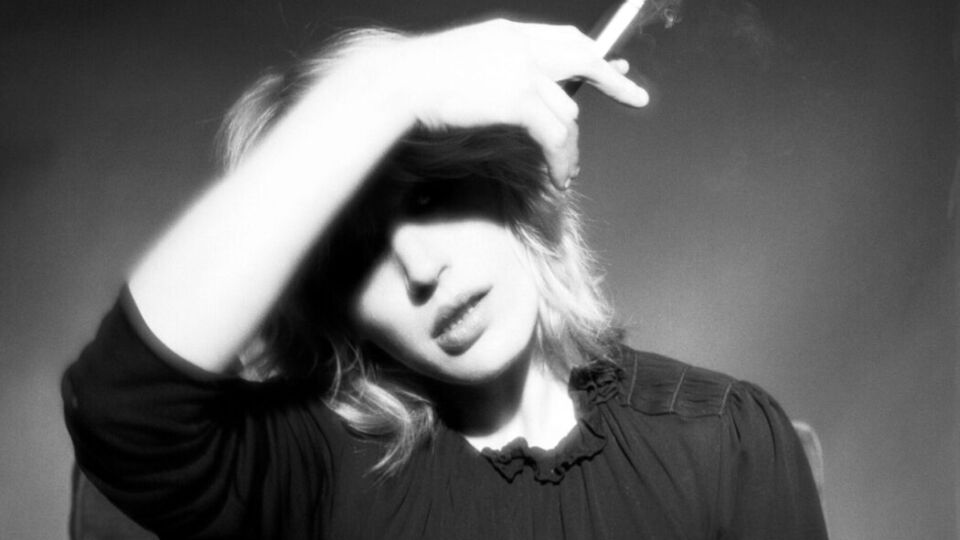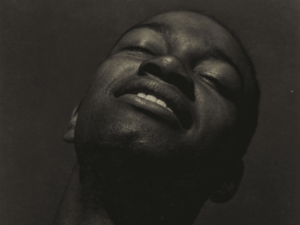“People used to call me “Mad Dennis” because I was so obsessed with photography they thought I was crazy.” Dennis Morris (b. 1960) first witnessed the “magic” of lens-based art when his local church started a photography club. The young creative approached this new fascination with fervor, starting a pop-up portrait studio in his living room and documenting the local community in the East End of London. He was just 11-years-old when one of his pictures of a London demonstration appeared on the front page of the Daily Mirror. Morris’ career is defined by an industrious and zealous approach to the craft of image-making. By the time he turned eighteen, he’d captured Bob Marley’s first UK tour, bunking off school to do so, and spent a year following the Sex Pistols as their official photographer. Morris was a figure at the heart of the cultural zeitgeist, turning his camera on the iconic, and often controversial, figures that defined music throughout the latter half of the 20th century. Now, a new book from Thames and Hudson presents the first complete survey of his remarkable oeuvre, taking readers through the decades with stories and descriptions from the artist. The images in Dennis Morris: Music + Life crackle with energy, from the dynamic movement of a Bob Marley performance to wild crowds pushing closer to their punk heroes. The publication accompanies exhibitions at the Maison Européenne de la Photographie (MEP), Paris, and The Photographers’ Gallery, London. Together, they bring the man behind the camera to the fore, recognising his almost unparalleled contribution to contemporary music and art.
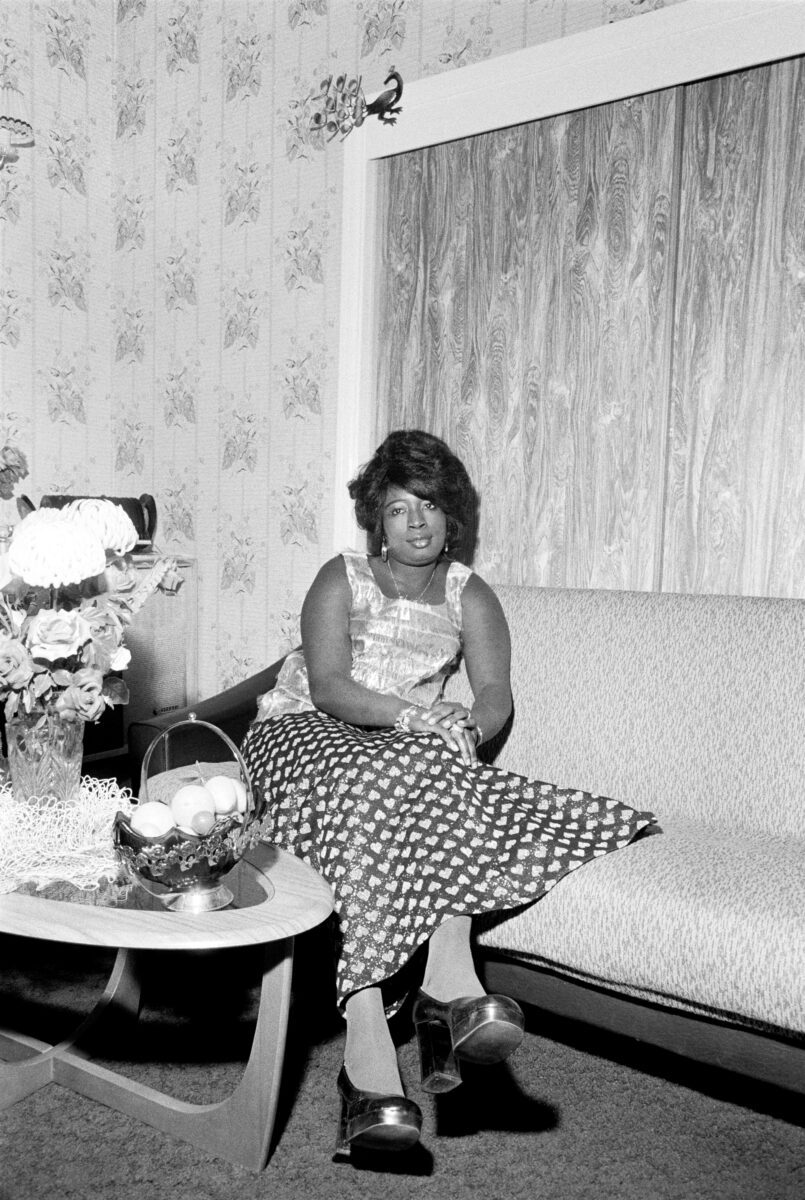
Morris arrived in the UK from Jamaica as a young boy in the 1960s, settling in the London borough of Hackney. Here, the foundations of his career were laid. Morris was surrounded by deprived communities still feeling the effects of WWII’s destruction and loss. Meanwhile, new waves of communities arrived from Commonwealth countries, including the Windrush generation. His early work shows a flourishing awareness of the social, financial and cultural injustices felt by many communities, beginning with depictions of the Black and Asian diaspora in London boroughs. The first images in the book are Morris’ teenage shots of his family friends and neighbours. He documented the “Black House”, a cultural centre and hub for homeless youths, as well as the protests that took place outside of the American embassy following the death of the African-American activist George Jackson. Morris’ upbringing not only left him with a keen understanding of displacement and migration, but also with a love of music. The culture imported from Caribbean nations introduced Reggae to the UK. Sound-system culture boomed in Black communities, where all-night parties, usually held in people’s basements, saw people get together to dance to blues music and share news of what was happening in London and Jamaica. Elsewhere, the disillusionment of the working-classes brought about the reactionary music of the punk movement. Morris was no stranger to these crowds, and when he had the opportunity to work with some of the biggest names in these genres, he did not hesitate.
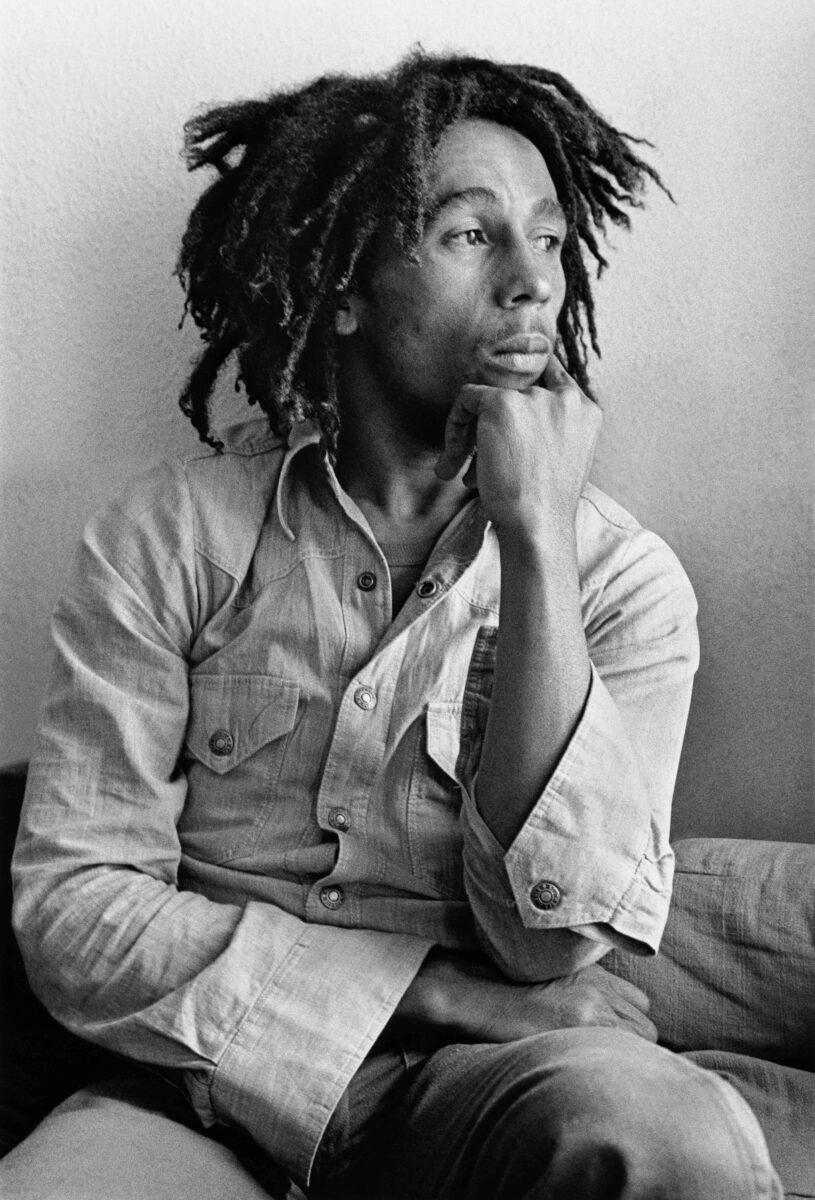
The turning point in his life was a chance encounter with reggae superstar Bob Marley, who met Morris whilst performing in London in 1973 and was immediately drawn to the youngster’s boldness. The artist explained: “After the gig, he asked if I wanted to come along on the tour. I said yes, and the next morning I packed my bags, said goodbye to my mum like I was going to school, went to their hotel and jumped in the back of the van.” The whirlwind few weeks produced some of the best-known representations of Marley. Morris captured him in his element whilst performing on stage, hair and arms a blur as he moves to the beat, but also in the downtime between shows – smoking in a nondescript dressing room and relaxing on the tour bus. It wasn’t long before the journey came to an end and, although he would maintain a relationship with Marley and reggae music, Morris turned his attentions elsewhere.
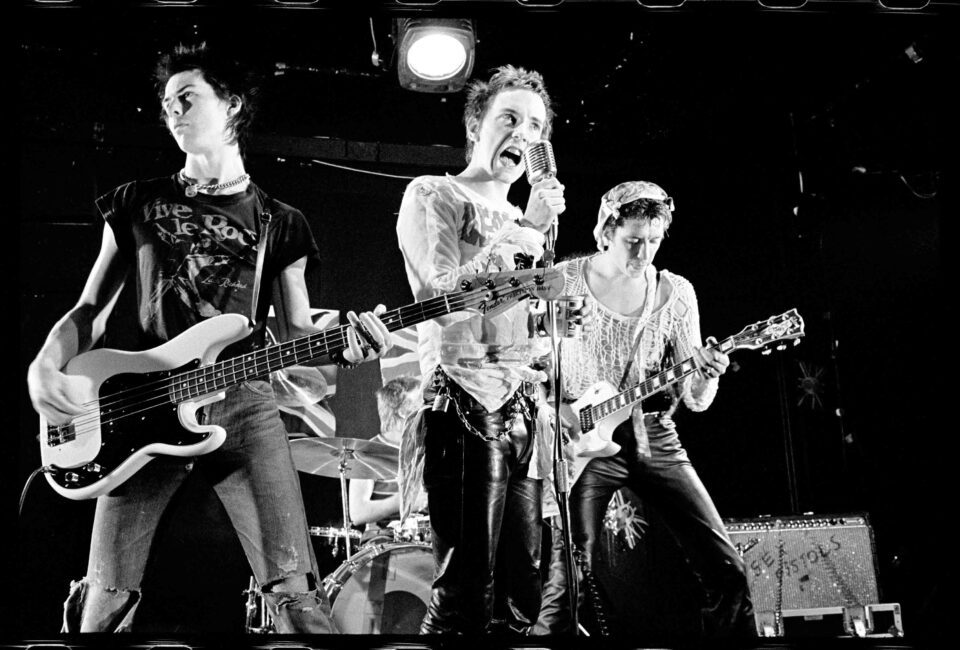
The punk scene began to emerge in the mid-1970s, redefining the rock genre. The Clash released their debut album in April 1977, and the Sex Pistols’ infamous Never Mind the Bollocks came out later that same year. It was a new era of music, distinct in its confrontational and socially aware lyrics that reflected the disillusionment of young people. It was not long before Morris became an integral part of the movement. He writes: “The 1970s was a bleak time in England – high unemployment, unions out of control, the economy in massive decline. Then along came punk, and the Sex Pistols: four faces of British youth, brash and ready to take no prisoners. From the first time I met them, it was a crazy, amazing rollercoaster ride. These four people challenged what British society had built up as its standard. They mocked the establishment and the royal family. Punk wasn’t a fashion statement; it was a state of mind.” The photographer joined the band at the apex of their notoriety during the 1977 UK tour. The pictures exude an edginess that was emblematic of the group, as well as a sense of camaraderie between the members. Morris’ attitude towards Johnny Rotten and Sid Vicious has echoes of his feelings towards Bob Marley and the communities he documented in his youth. His personability, and desire to form a meaningful and close relationship with his subjects, allowed him access to unguarded moments that many artists and journalists would not be privy to.
The Sex Pistols broke up only a year after their debut album, but Morris continued to be part of the music world. He himself sung in punk band The Basement 5, worked as art director at Island Records and, as the industry developed in the 1980s and 1990s, turned his lens on emerging talent like Oasis and The Stone Roses. Flick through the pages of this book and you’re almost guaranteed to land on an image of a 20thcentury cultural icon. If there was a name big in the music scene, Morris photographed them. Chrissie Hynde, Dave Grohl, Ian Brown, Liam Gallagher, Marianne Faithfull, Patti Smith and Thom Yorke – his portraits spanned genres, but were united in their ability to humanise the people behind the legends.
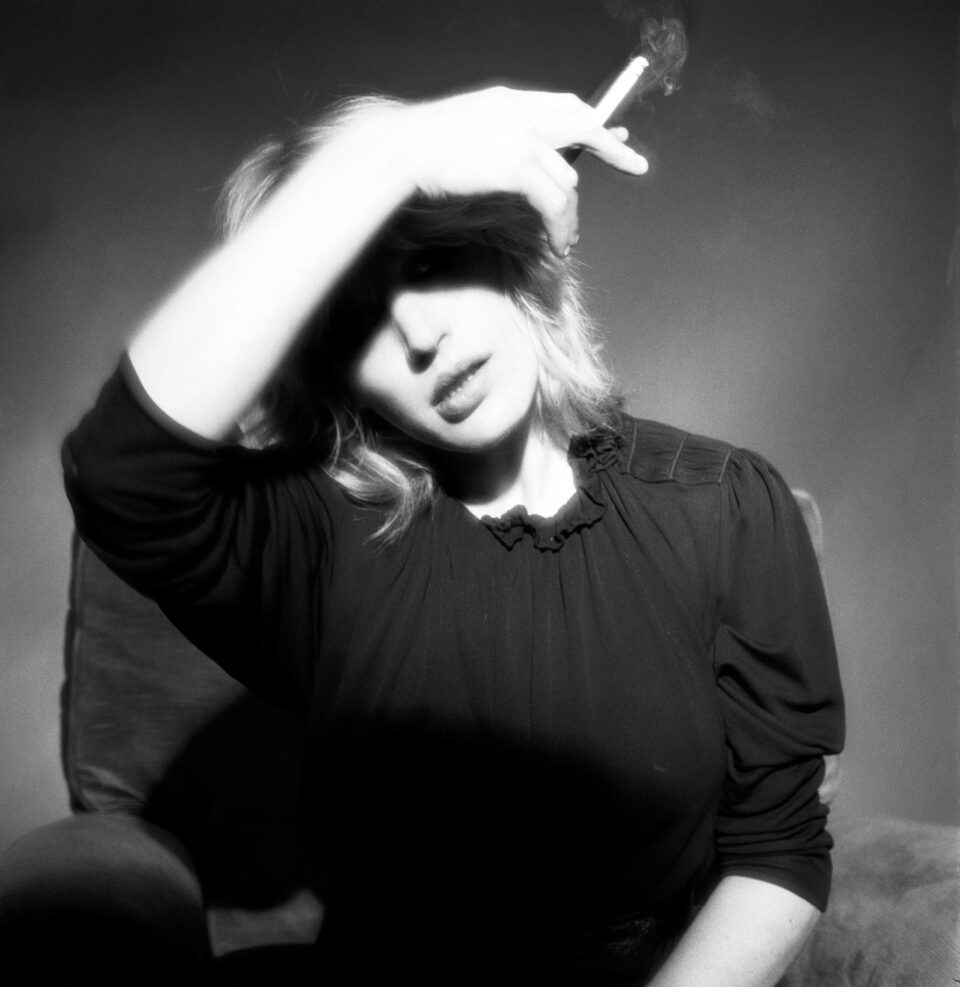
History has often presented great partnerships between musician and artist, producing visuals that have gone on grace the covers of magazines, adorn bedroom walls as posters and, often, transcend the artist themselves. William Gottlieb photographed jazz musicians for magazine DownBeat, adding to the mystique of Billie Holiday and Charlie Parker. Iain Macmillan brought Paul McCartney’s vision for Abbey Road’s album cover to life, showing the four Beatles walking in sync across the zebra crossing outside the studio. Simon Baker, director of MEP and Shoair Mavlain, director at The Photographers’ Gallery, introduce this volume by saying: “there is a special kind of mythical story about truly great images that every photographer dreams of telling, and that no one can really quite believe.” There is no doubt that Dennis Morris’ life and career is full-to-bursting with these unparalleled legendary moments.
His career is, without question, remarkable. His lens has been trained on some of the most influential people of the past century, often whilst Morris himself was only a teenager. He shone a light on the Black diasporic experience in London, and the disillusionment and frustration of the young working classes, with sympathy, honesty and nuance. He knew who was making important music and understood how these figures spoke to the national feeling. Perhaps what makes Morris so unique, however, is a willingness to seize opportunities with abandon and joy. It was a single conversation with Bob Marley that saw the young photographer leap into the back of a tour van without hesitation. This powerful book is borne from an unwavering dedication to photography, following art and music wherever it may go.
Dennis Morris: Music + Life is published by Thames & Hudson: thamesandhudson.com
Words: Emma Jacob
Image Credits:
1 & 3. © Dennis Morris. Bob Marley portrait. 1973.
2. © Dennis Morris. Living the Dream. Hackney, London, 1973.
4. © Dennis Morris. The Sex Pistols, the Marquee Club, Soho, London, 23 July 1977.
5. © Dennis Morris. Original black and white shot used for the cover of Broken English.


